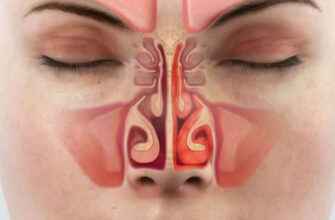Nail fungus, also known as onychomycosis, is a common fungal infection that affects the nails of both the hands and feet. This infection can cause thickening, discoloration, and deformation of the nails, making them brittle and unsightly. Here’s what you need to know about diagnosing and treating nail fungus.
Diagnosis
A doctor can usually diagnose nail fungus by examining the affected nail and taking a small sample for testing. The sample will be examined under a microscope to confirm the presence of fungus. If the doctor suspects that the infection has spread to the surrounding skin, they may take a skin scraping for testing as well.
Symptoms
Symptoms of nail fungus may include thickening or distortion of the nail, discoloration, crumbling at the edge of the nail, a foul odor, and pain or discomfort. These symptoms can be mild or severe and may affect one or more nails.
Treatment
Treatment for nail fungus can vary depending on the severity of the infection. Mild cases may be treated with topical antifungal medications, while more severe cases may require oral antifungal medications or a combination of both. It’s important to follow the doctor’s instructions closely and continue treatment until the infection is completely gone.
Oral Medications
Oral antifungal medications are often the most effective treatment for nail fungus. These medications are taken for several months and can have side effects, including liver damage. Regular blood tests may be necessary to monitor liver function.
Topical Medications
Topical antifungal medications are applied directly to the affected nail. These medications are less effective than oral medications but may be useful for mild cases of nail fungus. They are available as creams, gels, and nail lacquers.
Laser Therapy
Laser therapy is a newer treatment option for nail fungus. This treatment uses a laser to penetrate the nail and destroy the fungus. Laser therapy is generally considered safe and effective, but it can be expensive and may require multiple sessions.
Home Remedies
Some people try to treat nail fungus with home remedies such as vinegar soaks, tea tree oil, or over-the-counter antifungal creams. While these remedies may provide some relief, they are generally not effective in treating nail fungus and may delay proper treatment.
Prevention
Preventing nail fungus is easier than treating it. Here are some tips to help prevent nail fungus:
- Keep your feet clean and dry
- Wear shoes that fit well and allow your feet to breathe
- Wear socks made of breathable materials
- Don’t share nail clippers or other nail tools
- Avoid walking barefoot in public areas, such as locker rooms and showers
When to See a Doctor
If you suspect that you have nail fungus, it’s important to see a doctor for an accurate diagnosis and treatment plan. Nail fungus can be difficult to treat and can cause permanent damage to the nail if left untreated.
Conclusion
Nail fungus is a common and unsightly infection that affects many people. With proper diagnosis and treatment, however, it can be effectively treated. If you suspect that you have nail fungus, don’t delay in seeking medical attention.











